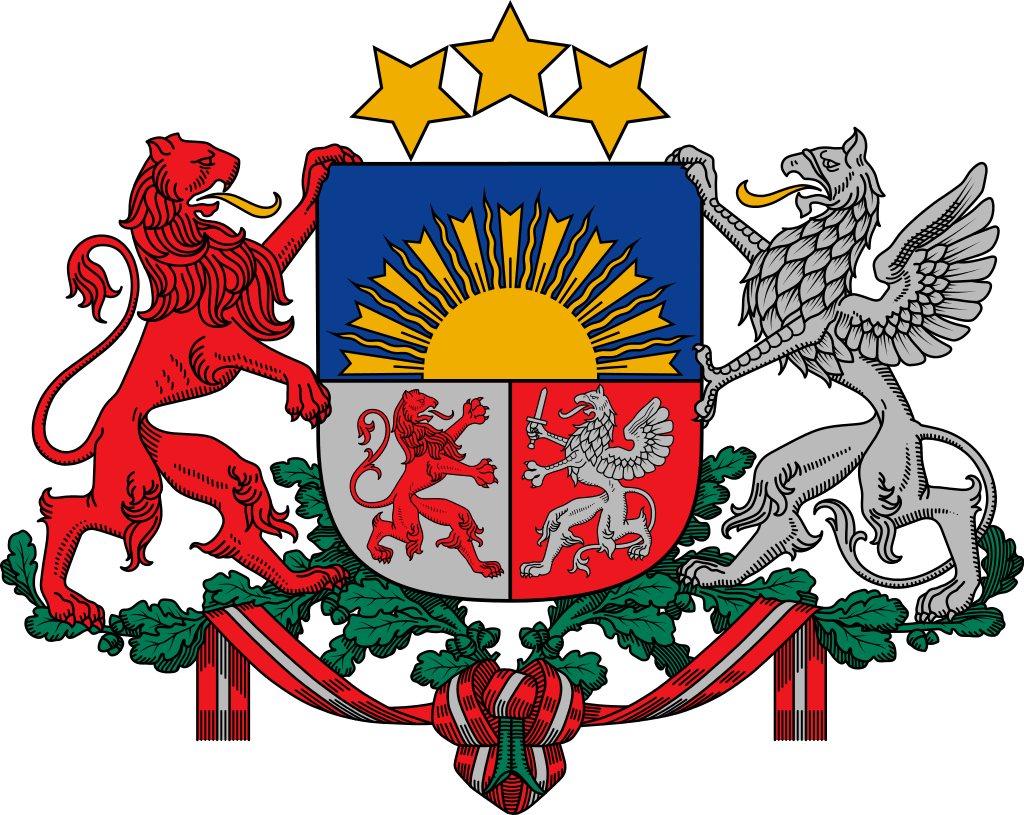

Latvia , officially the Republic of Latvia (Latvian: Latvijas Republika), is a country in the Baltic region of Eastern Europe, one of the three Baltic states. It is bordered by Estonia to the north, Lithuania to the south, Russia to the east, and Belarus to the southeast, as well as a maritime border to the west alongside Sweden. Latvia has 1,957,200 inhabitants and a territory of 64,589 km2 (24,938 sq mi).The country has a temperate seasonal climate.
Latvia is a democratic parliamentary republic established in 1918. The capital city is Riga, the European Capital of Culture 2014. Latvian is the official language. Latvia is a unitary state, divided into 119 administrative divisions, of which 110 are municipalities and 9 are cities.
Latvians and Livs are the indigenous people of Latvia.Latvian and Lithuanian are the only two surviving Baltic languages. Despite foreign rule from the 13th to 20th centuries, the Latvian nation maintained its identity throughout the generations via the language and musical traditions. Latvia and Estonia share a long common history. As a consequence of centuries of Russian rule (1710-1918) and later Soviet occupation, both countries are home to a large number of ethnic Russians (26.9% in Latvia and 25.5% in Estonia), some of whom (14.1% of Latvian residents) have not gained citizenship, leaving them with no citizenship at all. Until World War II, Latvia also had significant minorities of ethnic Germans and Jews.
